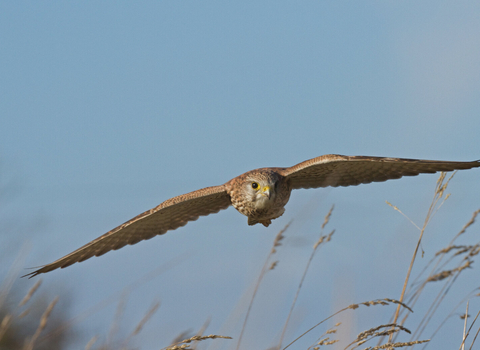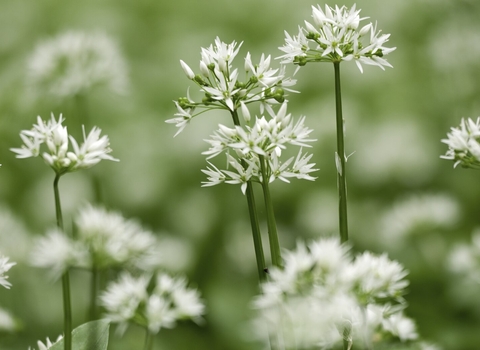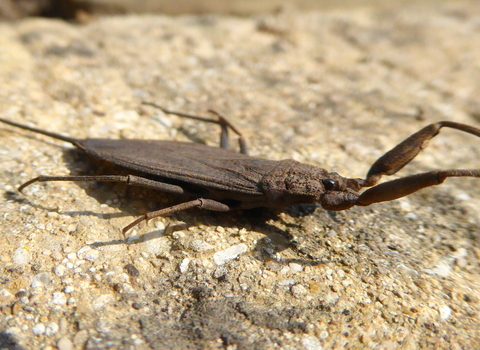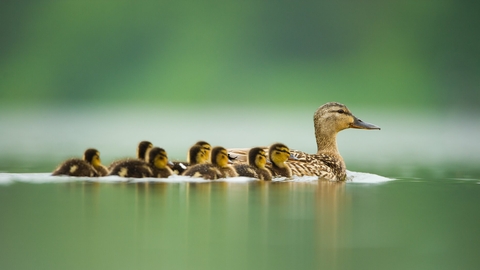
Mallard Anas platyrhynchos An adult female keeps her ducklings close. Andrew Parkinson/2020VISION
Gelli-Hir Wood, Fairwood Common, Gower, Swansea
Location
Know before you go
Dogs
When to visit
Amseroedd agor
Open access reserve.Amser gorau i ymweld
Spring, summer and autumn.Am dan y warchodfa
Gelli-hir is situated on deep glacial drift over Carboniferous grits and shales. The reserve grades from wet Oak/Birch/Willow woodland in the south and east to drier Ash, Sweet Chestnut, Sycamore and Beech woodland in the north and west, with Alder along the Ilston brook. There is an understorey of Hazel coppice with stands of Holly in places. The variety of habitat types also include open rides, streams and a pond.
Fallen timber, stumps, and rot holes support an abundance of lower plants, fungi, and invertebrates, including some nationally scarce hoverflies.
There is a large and varied population of breeding birds including Buzzard, Tawny Owl, and Sparrowhawk in the woodland, and Mallard and Moorhen around the pond, with the occasional Green Sandpiper passing through, as well as insects, such as Blue-tailed Damselfly and Common Darter.
Moths and butterflies are well represented, including species such as Comma, Holly Blue, Silver-washed Fritillary and Speckled wood. The wood harbours a population of Dormouse.
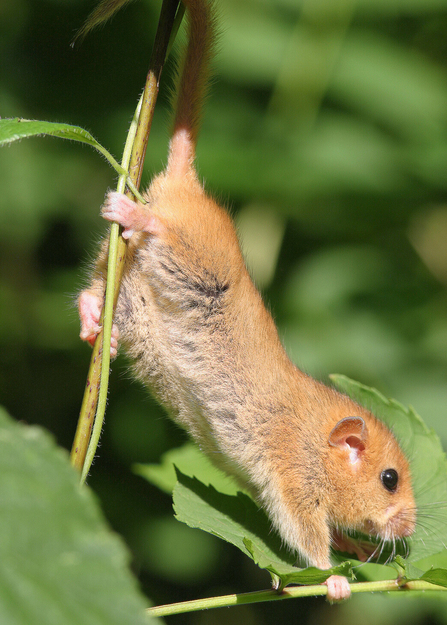
WildNet - Ian Pratt

